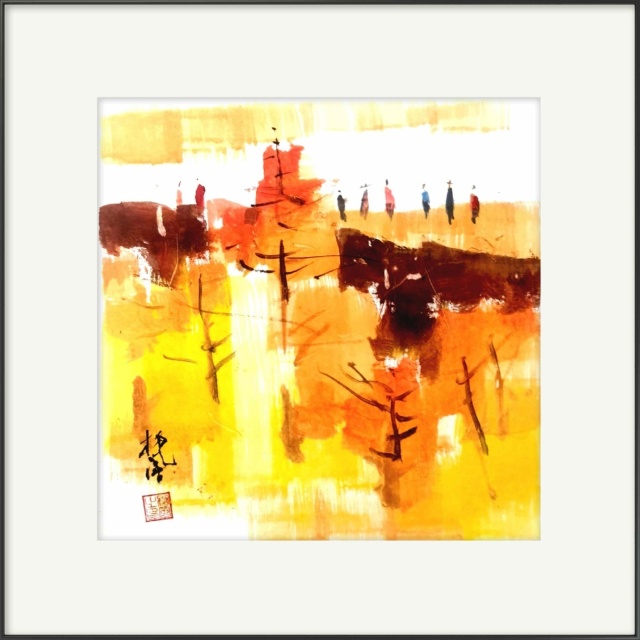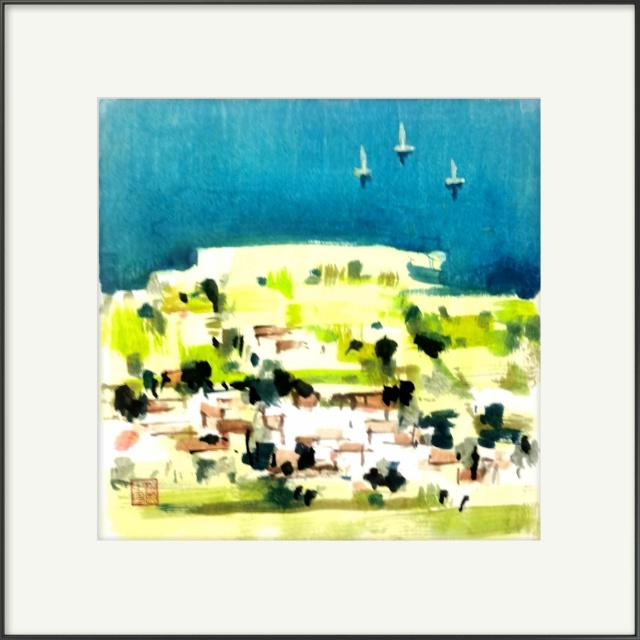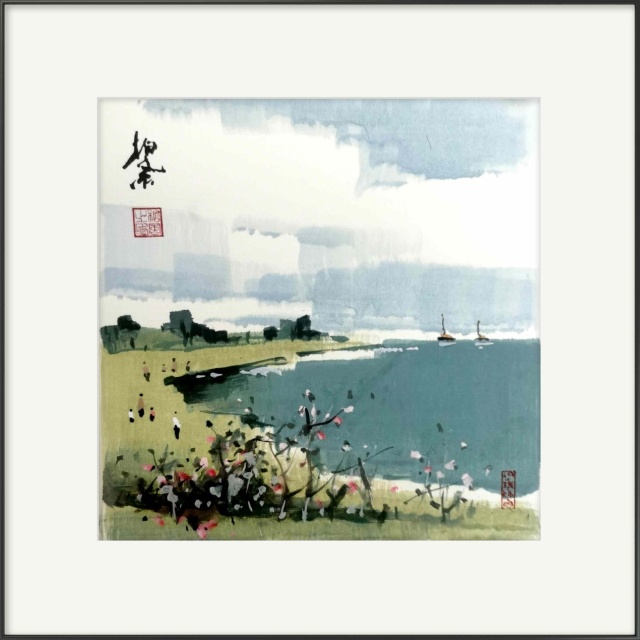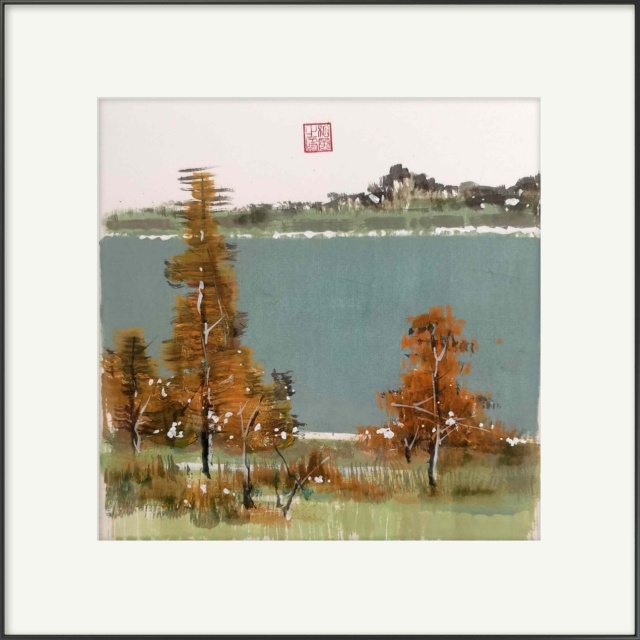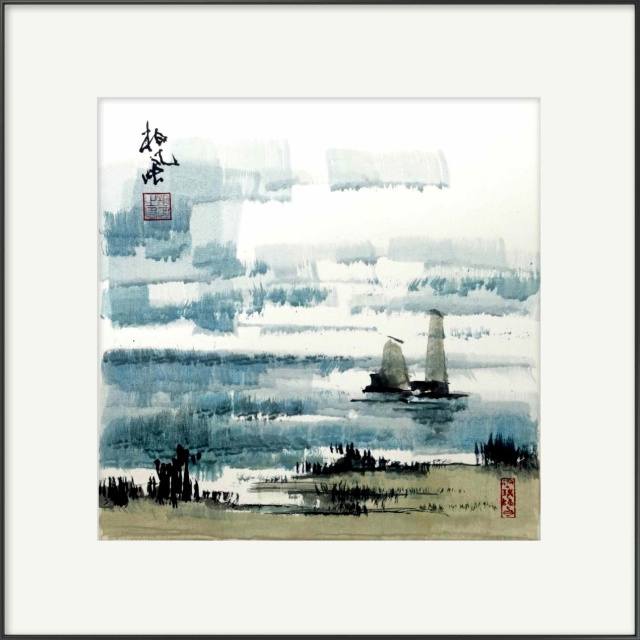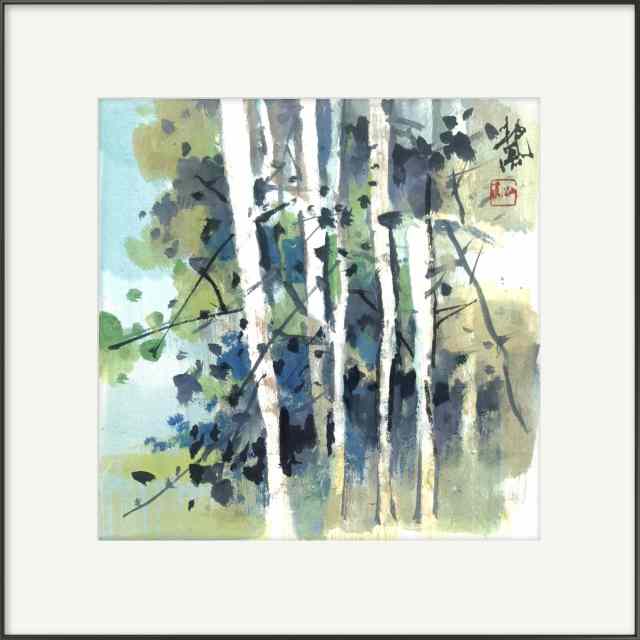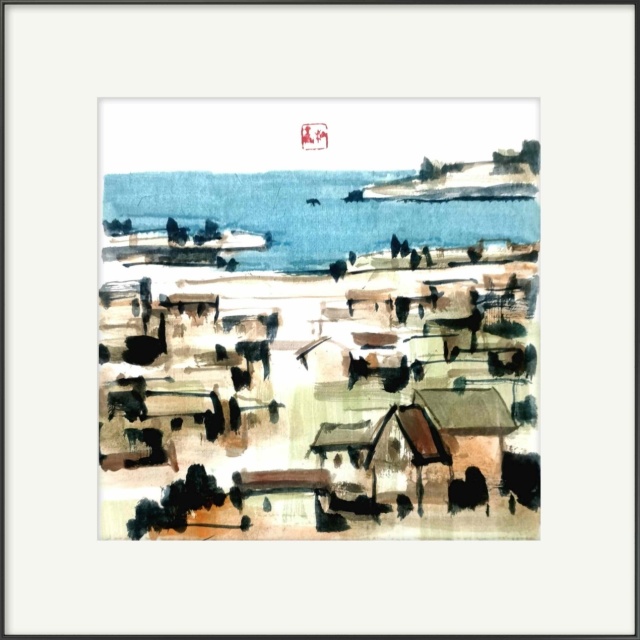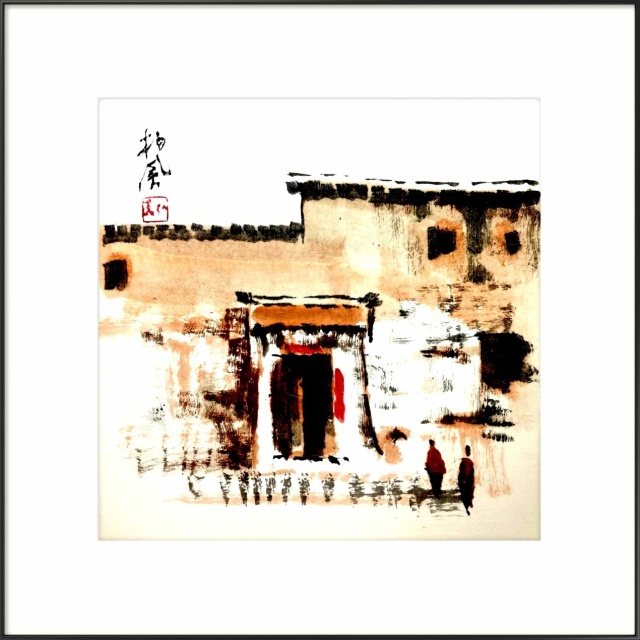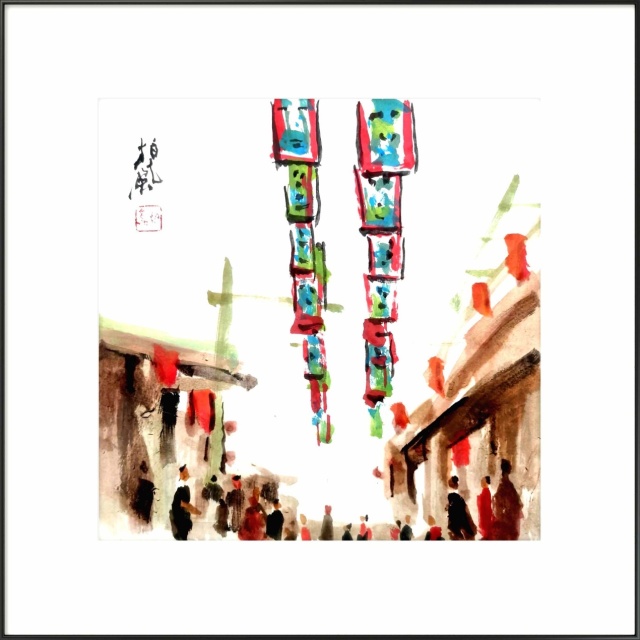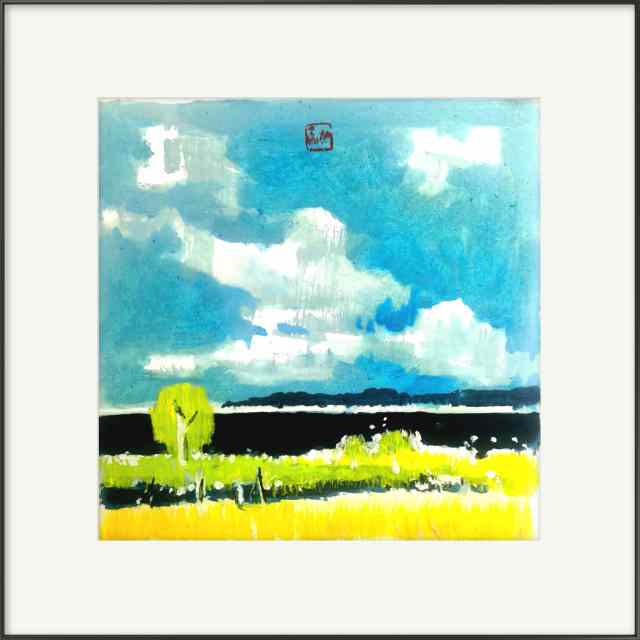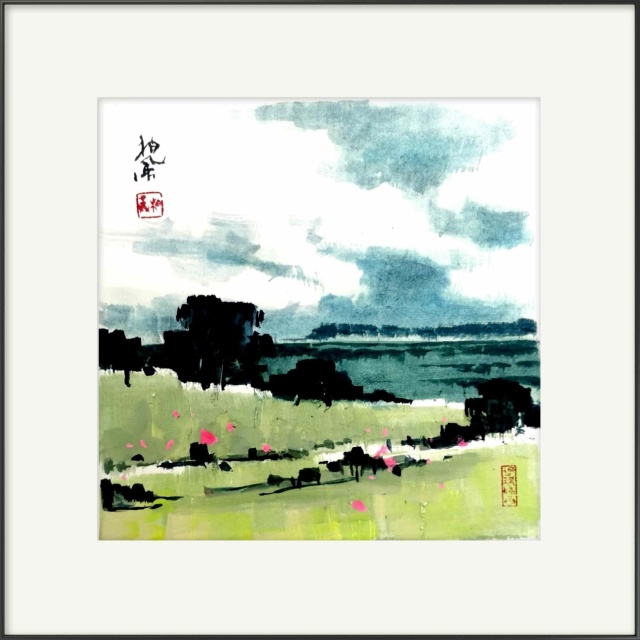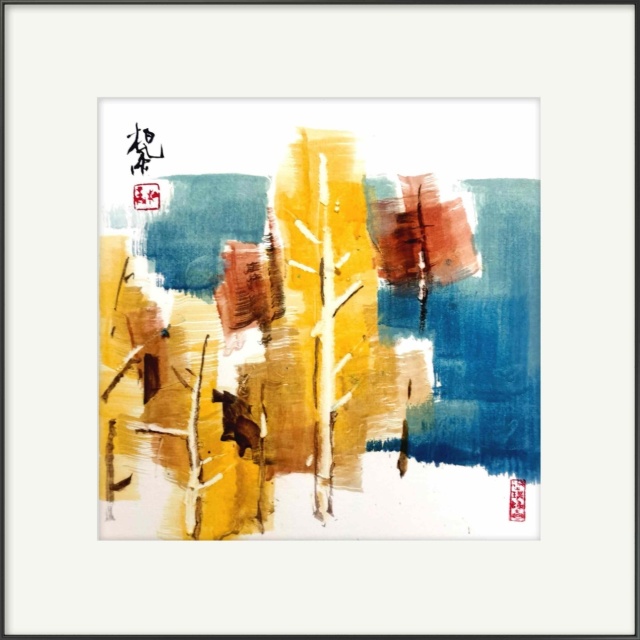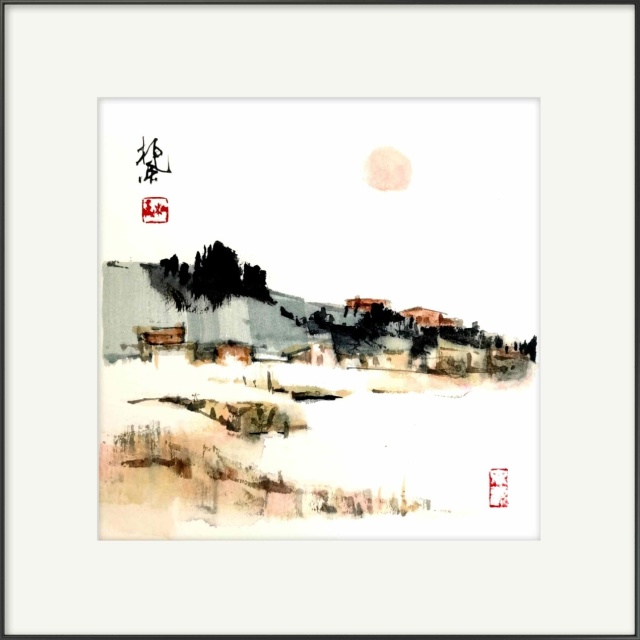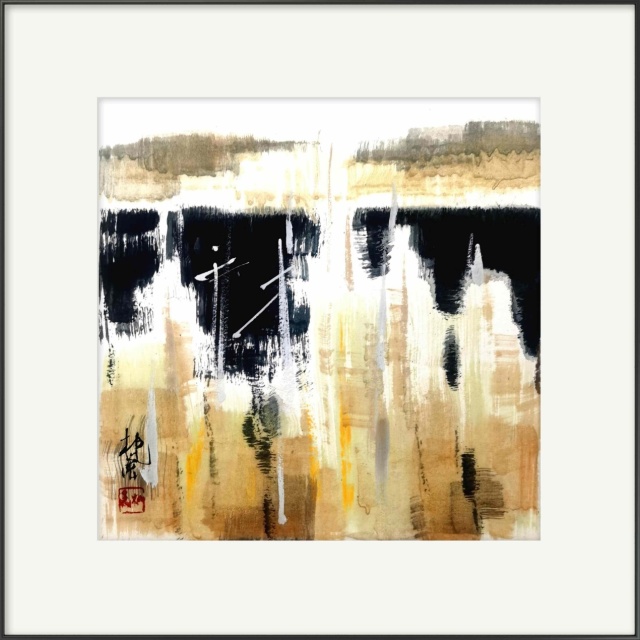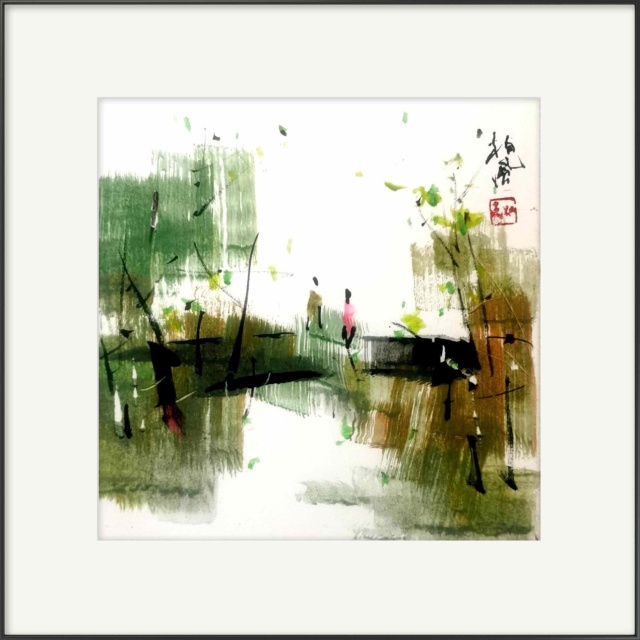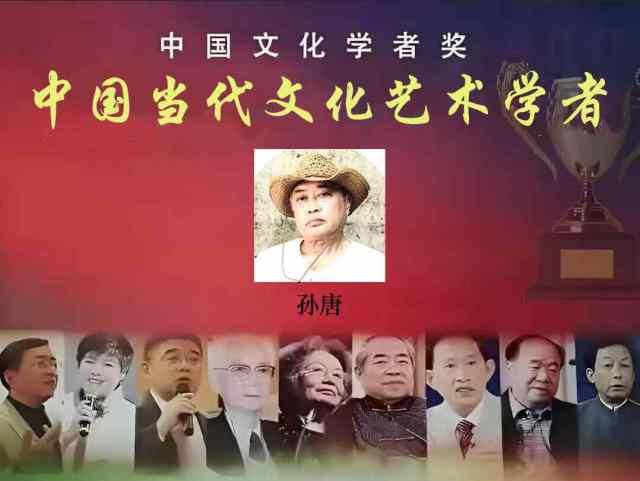
在当代文化与艺术的交汇点上孙唐先生以学者的深邃与艺术家的敏锐,开辟出独特的精神疆域。作为“中国当代文化艺术学者”之一,他不仅是书画领域的革新者,更是以笔墨为媒介,探寻中华文化深层意蕴的思想者。他的作品,将深厚的人文关怀融入细腻笔触,让传统技法与当代审美完美交融,既是对东方美学的传承,也是对时代精神的艺术表达。今天,让我们透过这些笔墨,感受一位学者型艺术家对文化的坚守与创新。
At the intersection of contemporary culture and art, Mr. Sun Tang has carved out a unique spiritual domain with the depth of a scholar and the keenness an artist. As one of the "Chinese contemporary cultural and artistic scholars," he is not only an innovator in the field of calligraphy and painting, but also thinker who explores the profound meaning of Chinese culture through the medium of brush and ink. His works integrate profound humanistic care into delicate brushwork, blending traditional techniques with contemporary aesthetics, which is not only a heritage of oriental aesthetics but also an artistic expression of the spirit of the times. Today, let us feel the perseverance and innovation of a-artist towards culture through these strokes of the brush.


孙唐,画名柏风,1956年生人,北京人,清华美院(原中央工艺美院)毕业,中国当代实力派画家。年近七旬的他,早年任职于北京饭店设在顶楼的书画工作室,专门负责接待全国乃至世界各地的著名书画大家,在此后十来年间,孙唐得到启功、韩美林、黄胄、黄永玉、白雪石、何海霞、黎雄才、刘海粟等大家的亲自点拨,并受到吴冠中邀请同堂作画,在国内顶级大家们身边长期的耳濡目染学习交流,久而久之,孙唐形成了“集百家所长”的独特画风。
纵观孙唐先生的绘画风格,无论是鸿篇巨制还是诗意小品,都展现了对传统笔墨审美和程式化风格的创新。特别是在他的山水、人物、花鸟写意小品画中,酣畅的笔墨、行云流水的诗性把控更为引人注目。画中的山、瀑、河、荷、海、潭,以及人物、牧归、帆影、霞彩、雁群、情侣、名胜古迹、柳丝花容等,皆以惜墨如金的抒情表达,蕴含着人生哲思、文化内涵和古今美丽梦幻的感慨,让人在品赏中陶醉。
孙唐先生在画中寄寓了自己的理想,并不断去发掘那些最深入他内心的文化记忆,去尝试一种独立的表现形式,借以营造独特的视觉样式。同时,他深知中国画历史悠久,自成体系,具有独特的东方神韵和深厚的文化精髓,是东方哲学甚至是人格层次的再现。他的作品虽汲取西画大量技法,但其作的用笔、意境依然属于东方文化艺术体系,也是画家画修养、画人格、画境界、画天赋的载体。
艺术魅力在于随感而发、随笔而出、笔随心动、情景交融,有写生的素材、有创作的意识、有把握布局的才智、有驾驭巨制的能力,这是修养、功力、技法、认识与自然生活撞击所迸发出的结晶。那线条的粗细、干枯,点画的浓淡、疏密,随心所欲,运用之妙,存乎一心。
Sun Tang, also known as Bai Feng, was born in 1956 in Beijing. He graduated the Central Academy of Fine Arts (now the Academy of Arts and Design at Tsinghua University) and is a contemporary Chinese artist. Nearly seventy years old, he worked in art studio located on the top floor of the Beijing Hotel, which was dedicated to receiving famous calligraphers and painters from all over the country and around the world. During following ten or so years, Sun Tang received personal guidance from masters such as Qi Gong, Han Meilin, Huang Zhou, Huang Yongyu,ai Xueshi, He Haixia, Li Xiongchai, and Liu Houshu, and was invited by Wu Guanzhong to paint together. learned and exchanged with top masters in China for a long time, and over time, Sun Tang developed a unique painting style that "incorporates the strengths of many". at Mr. Sun Tang's painting style, whether it is a grand work or a poetic sketch, it shows an innovation of traditional Chinese painting aesthetics and stylized style. Especially his landscape, figure, and flower-and-bird freehand sketches, the unrestrained brushwork and the poetic control of flowing clouds and flowing water are even more eye-c. The mountains, waterfalls, rivers, lotus flowers, seas, and ponds in the paintings, as well as the figures, herds returning home, sails,sy clouds, flocks of wild geese, lovers, famous ancient sites, and willow catkins and flower faces, etc., are all expressed lyrically and economically containing philosophical thoughts of life, cultural connotations, and the sigh of the beautiful dreams of the past and present, which intoxicate people in tasting. Mr. Sun Tang has his own ideals in his paintings and has been constantly exploring those cultural memories that go deep into his heart, trying to find an independent form of expression to create a unique visual style. the same time, he is well aware that Chinese painting has a long history, has its own system, and has unique oriental charm and profound cultural essence, which is a reproduction of Eastern philosophy and even personality level. Although his works draw a lot of techniques from Western painting, the brushwork and artistic conception still belong to the Eastern cultural and artistic system, are also the carrier of the painter's painting accomplishment, painting personality, painting realm, and painting talent. The charm of art lies in the spontaneity of feeling, outflow of the brush, the heart of the brush, and the integration of scenes. There are materials for sketching, a sense of creation, the talent to grasp the layout, the ability to control large-scale works. This is the crystallization of cultivation, skill, understanding, and collision with natural life. The thickness and dryness of the lines, thickness and density of the dots and paintings, are all at will, and the wonderful use lies in the heart.


